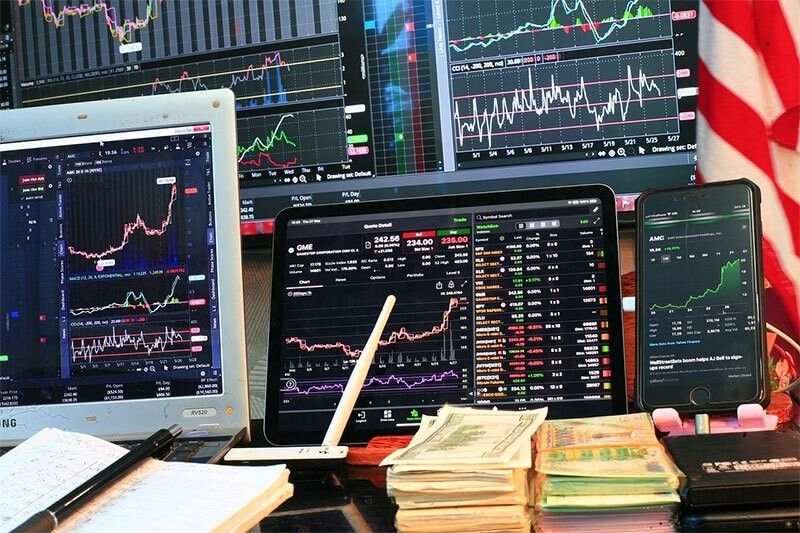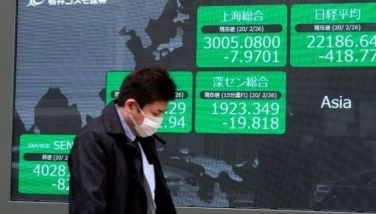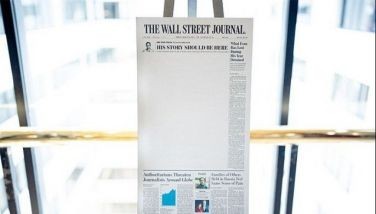Philippines forex reserves dip to $103 billion in January

MANILA, Philippines — The country’s forex buffer slid slightly to $103.4 billion in January as the government paid its foreign debts and the central bank’s gold holdings took a hit from lower prices in the global market.
Preliminary data from the Bangko Sentral ng Pilipinas (BSP) showed that the country’s gross international reserves (GIR) settled at $103.41 billion in January, slightly lower than the $103.75 billion in December last year.
Still, it remained above the $100-billion mark for the fourth straight month.
The BSP attributed the decline largely to the government’s payments of its foreign currency debt obligations.
There is also a downward adjustment in the value of the BSP’s gold reserves as international prices decrease. As such, the central bank’s gold holdings went down by 2.4 percent to $10.3 billion from the end-2023 level of $10.56 billion.
Apart from gold, the BSP’s reserve assets also consist of foreign investments, foreign exchange, reserve position in the International Monetary Fund (IMF) and special drawing rights.
Data showed that earnings from investments abroad declined by a minimal 0.5 percent to $87.39 billion in January from $87.85 billion a month ago.
BSP’s reserve position in the IMF also inched down by a percentage to $753.9 million, while its SDRs or the supplementary foreign exchange reserves were unchanged at $3.81 billion.
Foreign exchange, on the other hand, surged by 50 percent to $1.15 billion from the December 2023 level of $770.7 million.
Nonetheless, the current GIR level represents a more than adequate external liquidity buffer equivalent to 7.7 months’ worth of imports of goods and payments of services and primary income.
It is likewise about six times the country’s short- term external debt based on original maturity and 3.9 times based on residual maturity.
The GIR is the sum of all foreign exchange flowing into the country and serves as a buffer to ensure that it will not run out of foreign exchange that it can use in case of external shocks.
By convention, GIR is viewed to be adequate if it can finance at least three-months’ worth of the country’s imports of goods and payments.
It is also deemed adequate if it provides at least 100 percent cover for the payment of the country’s foreign liabilities – public and private – falling due within the immediate 12-month period.
Rizal Commercial Banking Corp. chief economist Michael Ricafort said the GIR would be supported by continued growth in remittances, revenues from business process outsourcing, and tourism receipts, among others.
However, this may be offset by the government’s plans to reduce offshore borrowings to better manage foreign exchange risks, as well as the still wider trade deficit of the country.
“A relatively high GIR could still strengthen the country’s external position, which is a key pillar for the country’s continued favorable credit ratings for the second straight year,” Ricafort said.
- Latest
- Trending



























